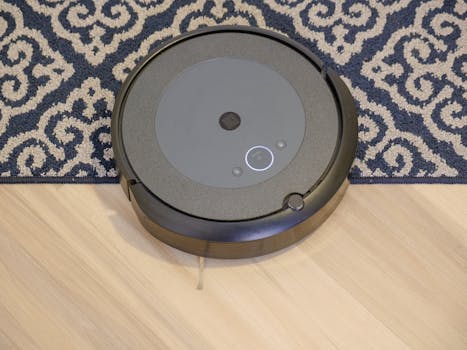
Smart Homes and Smart Living: The Technological Transformation of European Homes by 2025
Smart Homes and Smart Living are revolutionizing the way we live in our homes, and Europe is at the forefront of this technological transformation. By 2025, European homes are expected to be equipped with the latest smart home technologies, making our lives easier, more convenient, and more sustainable.
Introduction to Smart Homes and Smart Living
Smart homes and smart living refer to the integration of technology and automation in our homes to make our lives more comfortable, secure, and efficient. This includes a range of technologies such as home automation systems, energy management systems, security systems, and more.
Benefits of Smart Homes and Smart Living
The benefits of smart homes and smart living are numerous. Some of the most significant advantages include:
- Increased convenience and comfort
- Improved energy efficiency and reduced energy consumption
- Enhanced security and safety
- Increased property value
- Improved quality of life
Technological Advancements in Smart Homes and Smart Living
The technological advancements in smart homes and smart living are rapid and ongoing. Some of the latest developments include:
- Artificial intelligence (AI) and machine learning (ML) integration
- Internet of Things (IoT) connectivity
- 5G network integration
- Voice control and smart speakers
- Biometric authentication and security
European Smart Home Market Trends
The European smart home market is expected to grow significantly by 2025, driven by increasing demand for smart home devices and systems. Some of the key trends in the European smart home market include:
- Increasing adoption of smart speakers and voice control
- Growing demand for energy-efficient and sustainable smart home solutions
- Rising awareness of smart home security and safety
- Expanding range of smart home devices and systems
Challenges and Limitations of Smart Homes and Smart Living
While smart homes and smart living offer many benefits, there are also challenges and limitations to consider. Some of the most significant challenges include:
- High upfront costs and investment requirements
- Complexity and difficulty of use
- Security and privacy concerns
- Interoperability and compatibility issues
- Dependence on technology and potential for technical failures
Conclusion
In conclusion, smart homes and smart living are transforming European homes by 2025, with the latest technological advancements in home automation, energy efficiency, and more. While there are challenges and limitations to consider, the benefits of smart homes and smart living are numerous, and the future of European homes is looking increasingly smart and sustainable.

